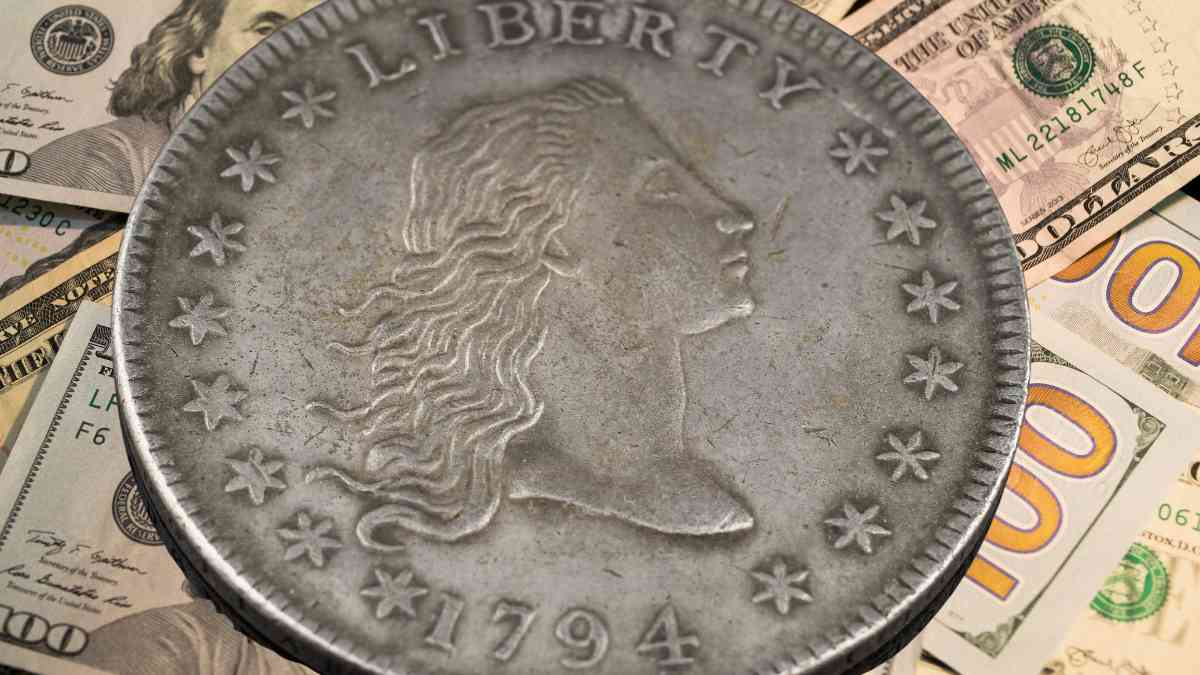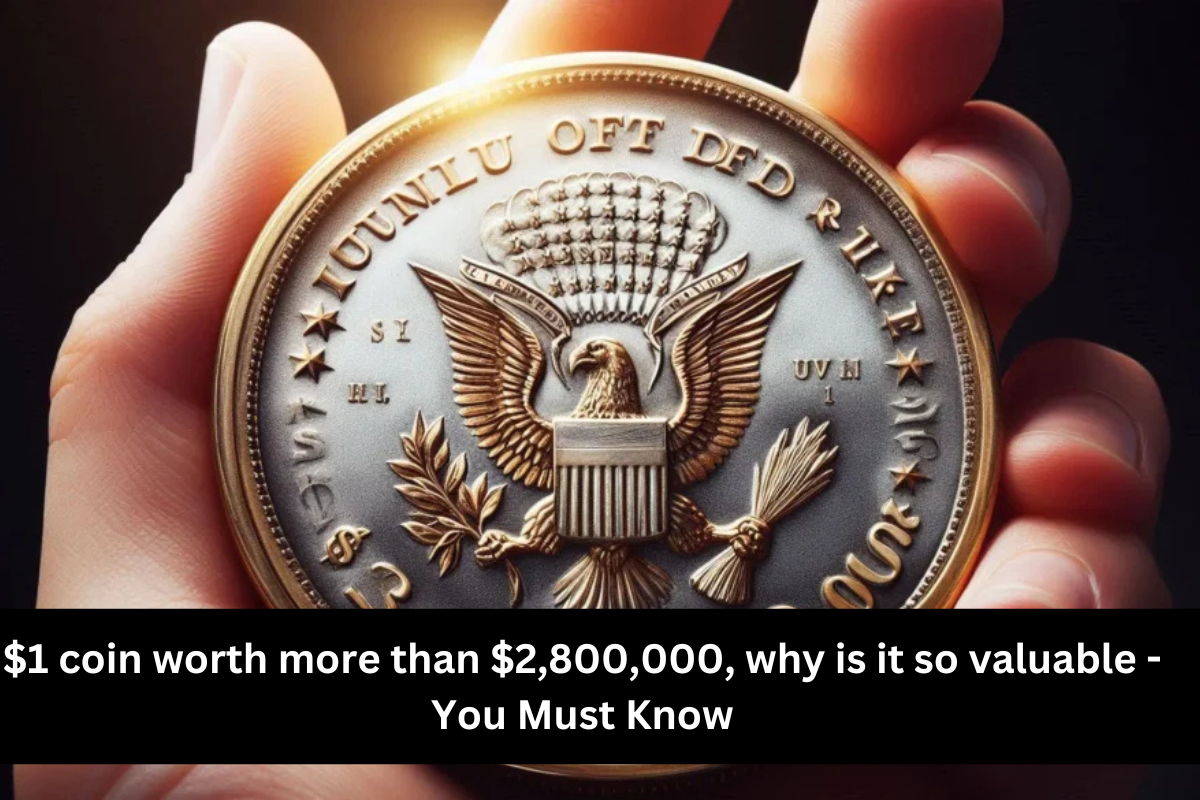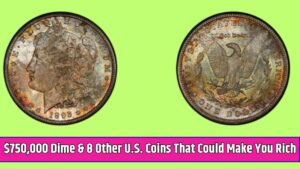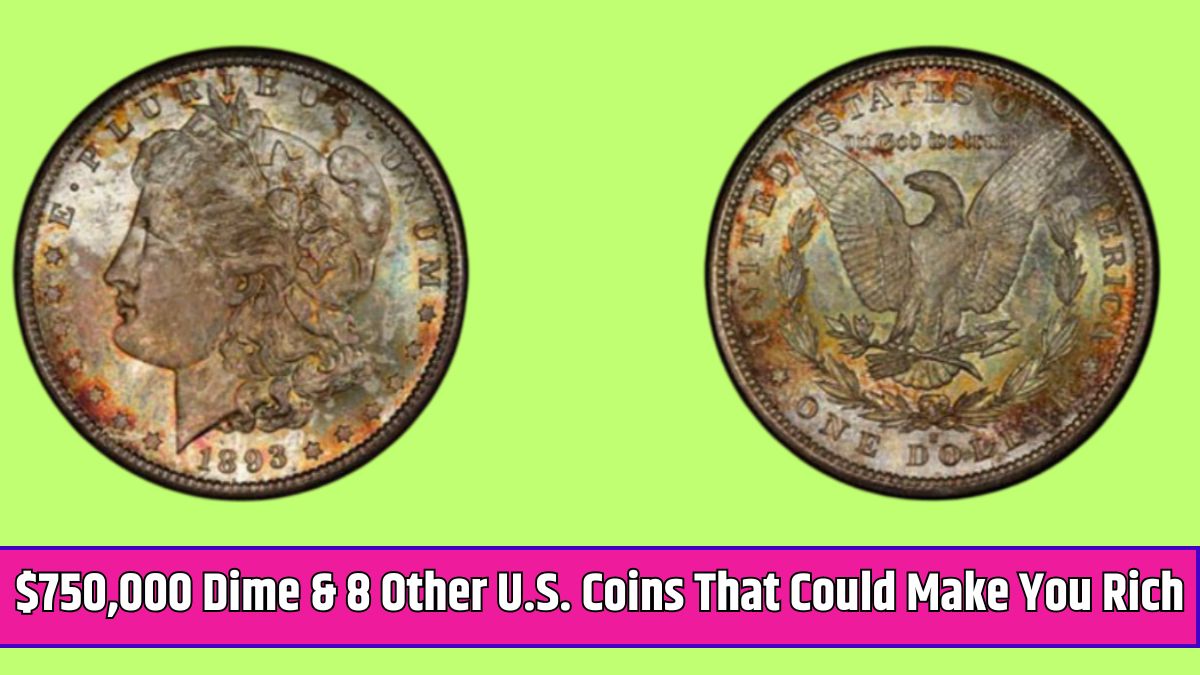The 1794 Flowing Hair Silver Dollar is one of the most significant coins in U.S. history, revered for its rarity, design, and historical importance. This series, minted between 1794 and 1795, marked the introduction of the silver dollar as a cornerstone of the fledgling U.S.
monetary system. Its allure lies in its scarcity, its connection to the nation’s early days, and its extraordinary value in the numismatic world.
The 1794 $1 Flowing Hair Dollar: A Record-Breaker
One of the most famous sales of the 1794 Flowing Hair Silver Dollar occurred in 2013 when it fetched a jaw-dropping $10 million at auction. This coin is believed by many experts to be the very first silver dollar ever struck by the U.S. Mint, amplifying its historical importance.
- Design:
Designed by Robert Scot, the obverse features Liberty with flowing hair, framed by 15 stars representing the states in the Union at the time. The reverse depicts an eagle surrounded by a wreath, with the inscription “UNITED STATES OF AMERICA.” - Composition:
The coin consists of 90% silver and 10% copper, reflecting the early standards for U.S. coinage. - Historical Impact:
As one of the first coins minted under the Coinage Act of 1792, this piece embodies the establishment of the U.S. monetary system. Its rarity and significance made it a record-setter at auction.
Auction History of the 1794 Silver Dollar

The 2013 sale of this coin by Stack’s Bowers Galleries set a new record for the highest price ever paid for a single coin. The buyer, Legend Numismatics of New Jersey, considered it an irreplaceable historical artifact and has stated they have no plans to sell it.
Before this sale, the highest price for a coin had been $4.1 million in 1999, showcasing the enduring appeal of this iconic piece.
In another notable sale, a 1794 Flowing Hair Dollar was auctioned for $2,820,000 in 2017. While this price is lower than the record-setting $10 million, it still underscores the exceptional value of these coins, especially when well-preserved.
Surviving Examples and Copper Patterns
Out of the original mintage of 1,758 coins, fewer than 125 are documented to exist today, according to research by Martin A. Logies. Many of these coins are in less-than-ideal condition, having been impaired or repaired over the centuries.
Adding to the intrigue are two unique copper pattern coins from 1794, which are incredibly rare and remain highly sought after by collectors and historians.
Why Is the 1794 Flowing Hair Dollar So Valuable?
Several factors contribute to the immense value of this coin:
- Rarity:
With only a small fraction of the original mintage surviving, the coin is exceedingly rare. - Historical Significance:
As one of the first silver dollars minted by the U.S., it represents a pivotal moment in the nation’s monetary history. - Provenance:
Well-documented examples with detailed auction pedigrees are highly prized, as this information verifies their authenticity and history. - Condition:
Coins in higher grades, such as those graded by PCGS (Professional Coin Grading Services), command premium prices due to their exceptional preservation. - Cultural Importance:
The coin’s connection to the founding of the United States makes it a cherished artifact of American heritage.
Also See: Top 9 most valuable collectible coins in the United States History
FAQs
1. How many 1794 Flowing Hair Silver Dollars still exist?
Fewer than 125 examples are known to survive, with most in less-than-perfect condition.
2. What makes the 1794 Flowing Hair Dollar unique?
It is believed to be the first silver dollar minted in the United States and features an early design that symbolizes the new nation’s identity.
3. What is the composition of the 1794 Flowing Hair Dollar?
The coin is made of 90% silver and 10% copper, adhering to the standards of early U.S. coinage.
4. What was the highest price paid for a 1794 Silver Dollar?
The highest price was $10 million in 2013, making it the most expensive coin ever sold.
5. Who designed the 1794 Flowing Hair Silver Dollar?
The coin was designed by Robert Scot, the first Chief Engraver of the U.S. Mint.
















